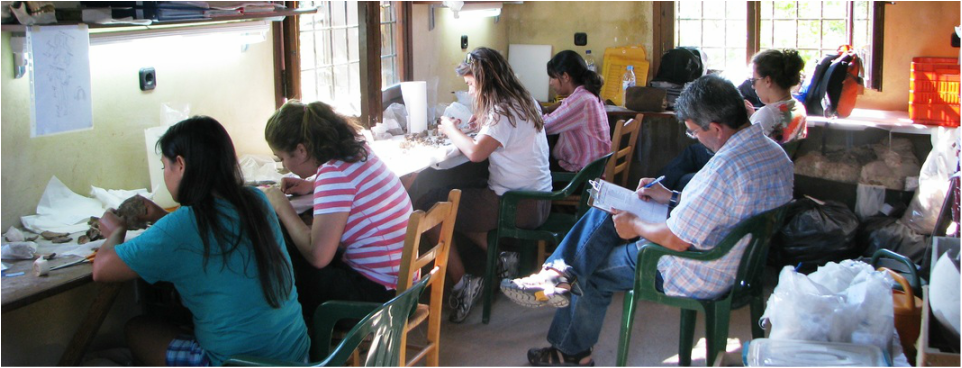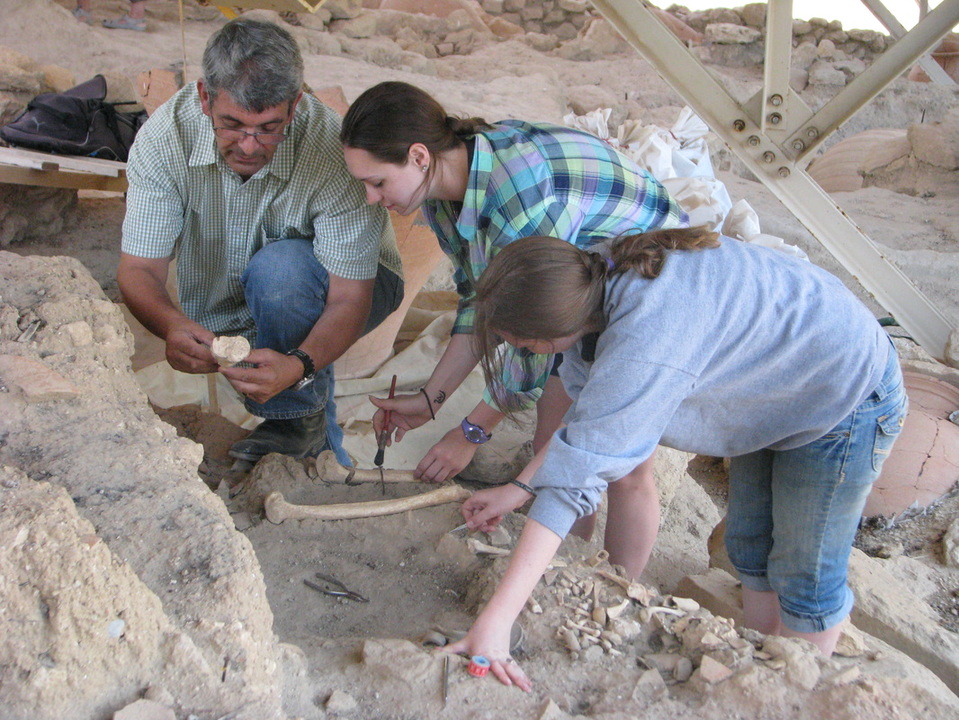
Archaeological - Anthropological Research in Eleutherna
In god-nursing Ida’s cherished cuddle the ancient Eleuthernians selected to nestle the portal to Hades for the journey of their beloved departed, faithfully entrusting the elemental earth of Orthi Petra to veil and to mutely maintain their legacy forever. And so, faithfully she did through the challenges of nearly three millennia, until in the ultimate judgment of the Fates the true saga of the ancients was destined to be revealed and retold, offering us the opportunity to elucidate inner folds of Cleo’s parchments and the possibility to reconnect with the legacy of strong roots of old, a redeemer from the void of Lethe’s oblivion.
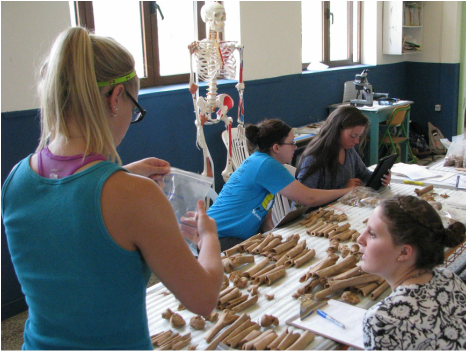
Selecting to work with the anthropological materials since the early 1990s, in a team effort with my colleague Professor Nikolaos Chr. Stampolidis, Ph.D., excavator of the Iron Age burial ground of Orthi Petra in Eleutherna, provided for the launching of an epistemological platform, which was based on meaningfully woven interdisciplinary frameworks for the methodical study of the archaeo-anthropological records. The careful implementation of cross-disciplinary approaches in the in situ endeavors of surveying the archaeological areas, the meticulous excavation and recovery processes, the thorough field and laboratory documentation, as well as all subsequent research, publications, and outreach, proved to be components of a unique laboratory, a forum pivotal in the retrieval and study of evidentiary data relevant to the human condition during the Iron Age in Eleutherna. Such reflections clearly elucidated aspects of the complexities of an emerging diachronic narrative, conferred by intra-site matters on the assemblages of archaeological human activity areas, structures, and features fixed in the surrounding environmental context, the association of extraordinary in wealth cultural materials and the splendor of burial artifacts, the symbolic meanings of mortuary imprints and traceable funerary behavior of burial customs and practices left caringly by the ancients, and as importantly of the distinct universe of data yielded from the invaluable anthropological record that had been ritually interred in cremated form, as inhumations, and in jar burials.
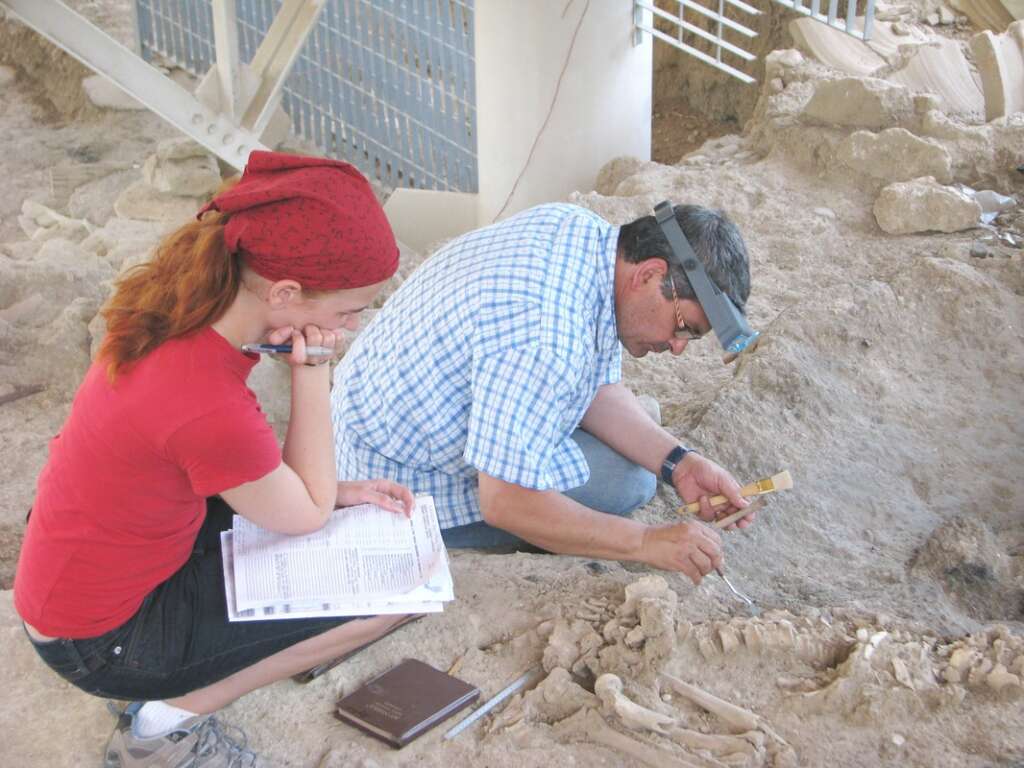
Through the systematic bioarchaeological, forensic, and archaeometric analyses of the anthropological record, study goals and objectives have been focusing on the identification, documentation, and decipherment of forensic in nature traces, manifestations, and changes, reflective of ante mortem circumstances, permanently recorded on dental and skeletal surfaces. These were revealing of aspects of life conditions and experiences of the ancient Eleuthernians from the level of the single individual, to particular subgroups, through to the population sample involved,
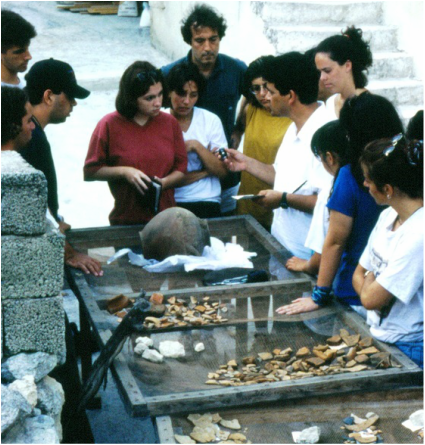
inclusive of a range of genetic, demographic, and palaeopathological matters exemplified by biological growth, maturation, and degenerative processes, of the nature and prevalence of epigenetic traits, of the nature and quality of preparation of dietary intake, of the plasticity and level of anatomic robustness of bone structures as adaptations and variability of skeletomuscular built and kinetics that had been required and/or imposed by life pathways within the norms of their socio-cultural context, of physiological and pathological stress, of medical intervention, of accidental to peri mortem trauma impact, of labor diversity issues, of age cohort and biological sex subgroup life tables, and even of the preparations and rituals for a dignified passage to afterlife.
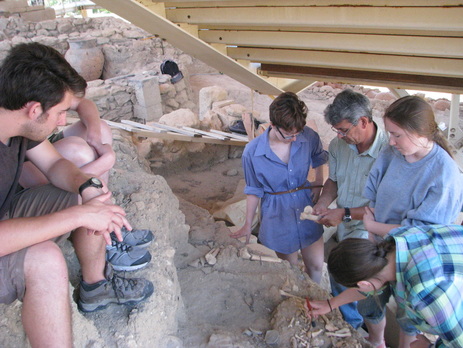
In the processes of deriving through archaeo-anthropological research a nexus to the life conditions of the ancients in Eleutherna, even if often drawn with broad brush strokes, it has been an instrumental aim, since the early stages of the project, to meaningfully involve in the field and laboratory select groups of student assistants, representatives of major American, Canadian, and European universities, who worked diligently and with unpretentious devotion in our research endeavors, and who learned to respectfully indulge in the pleasures of the Greek culture in general and the ambiance of the Cretan hospitality and environmental beauty in particular.
Having thus generated through the years with care and commitment an Eleuthernian academic center of archaeo-anthropological research at the cross-roads and sea routes of three continents, comprising an ever growing international acclaim and participant membership, providing for a fertile, nurturing, and engaging milieu of higher learning, infused with the exchange of ideas, concepts, and deliberations, as well as the careful adaptation and implementation where pertinent of relevant advances in the archaeo-anthropological sciences it is the intention and ambition of this collaborative project to perpetuate, as in a relay, what we started for our students and the future generations of colleagues both for the advancement of scholarly research and productivity, as well as the ultimate benefit of the public, the visitor, and the international audience.
Anagnostis P. Agelarakis, Ph.D. Professor and Chair of Anthropology Department, Adelphi University, New York MAE VP, Rethymnon
